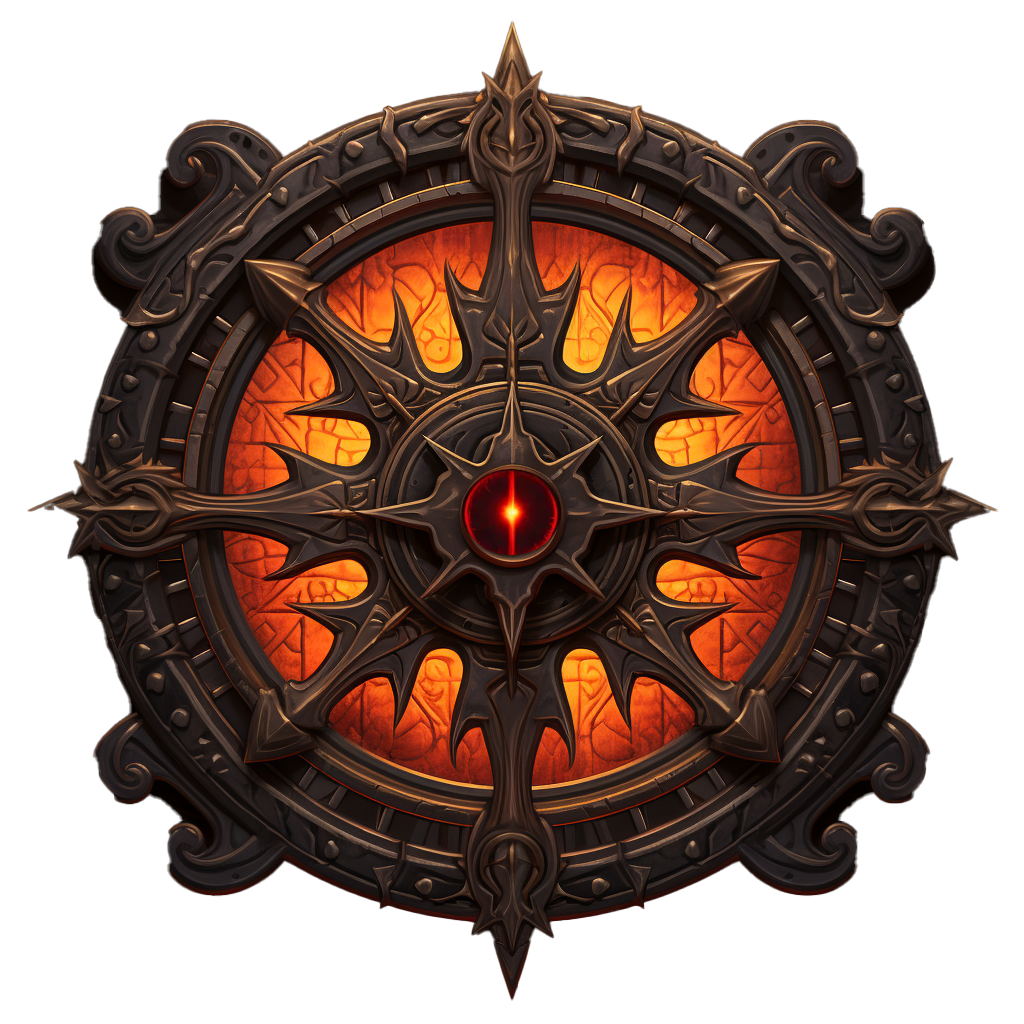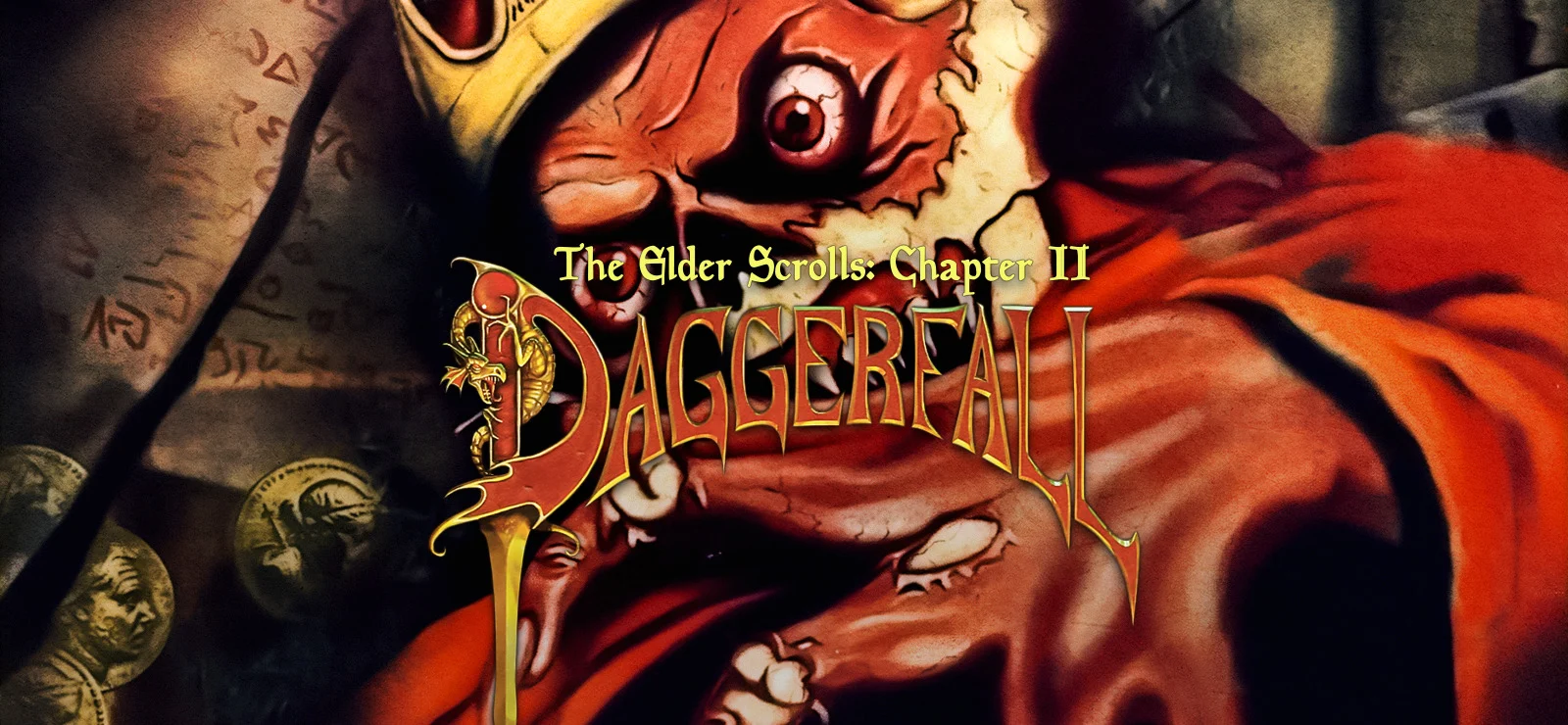The Elder Scrolls 2: Daggerfall
Pros
- Massive, open-world with countless cities, towns, and dungeons.
- Extensive role-playing elements, including marriage, home ownership, and reputation system.
- Multiple narrative outcomes based on player choice.
- Broad range of crafting professions, adding depth to character customization.
Cons
- The game can be overwhelming for new players due to its size and complexity.
- Character controls can feel clunky compared to modern games.
- Graphics, although revolutionary at the time, are dated by today's standards.
- The main storyline can be overshadowed by side quests and exploration.
- The game can be challenging and punishing.
One of the earliest and most expansive titles in the legendary Elder Scrolls series is The Elder Scrolls II: Daggerfall. Developed and published by Bethesda Softworks in 1996, this iconic action role-playing game continues the epic saga started by its predecessor.
- Developer: Bethesda Softworks
- Publisher: Bethesda Softworks
- Release Date: August 31, 1996
- Platforms: MS-DOS
- Official Website: https://elderscrolls.bethesda.net/en/daggerfall
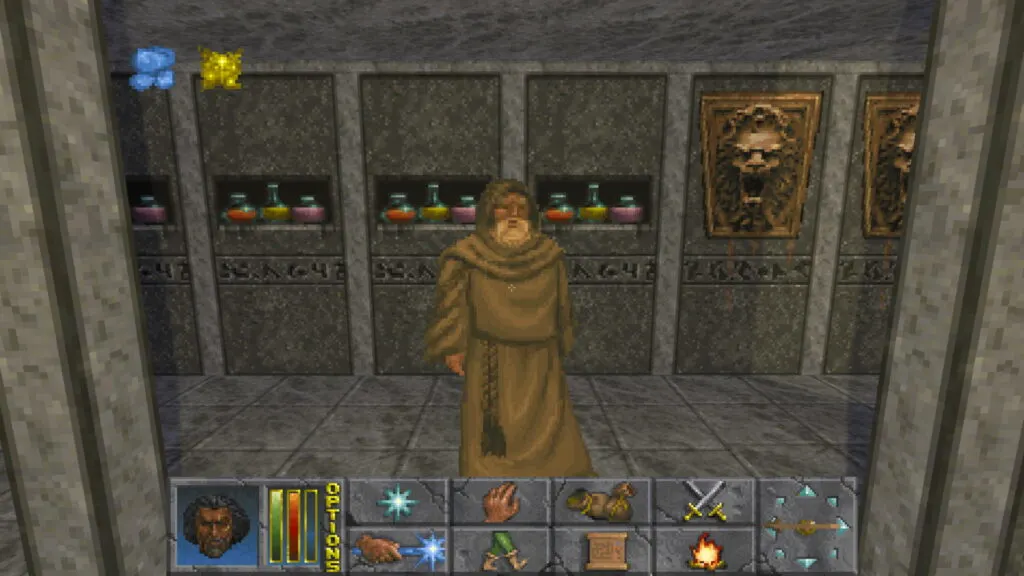
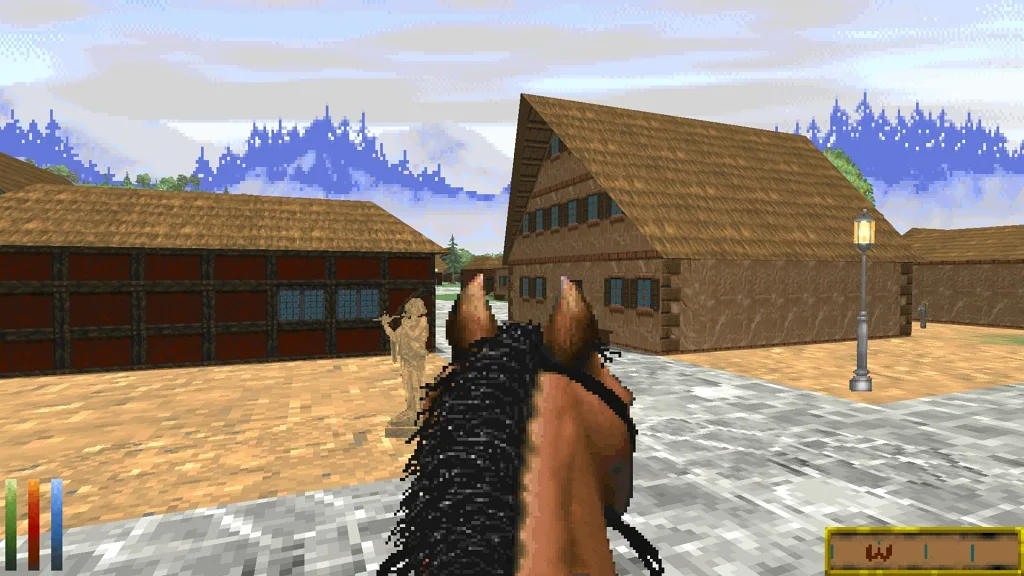
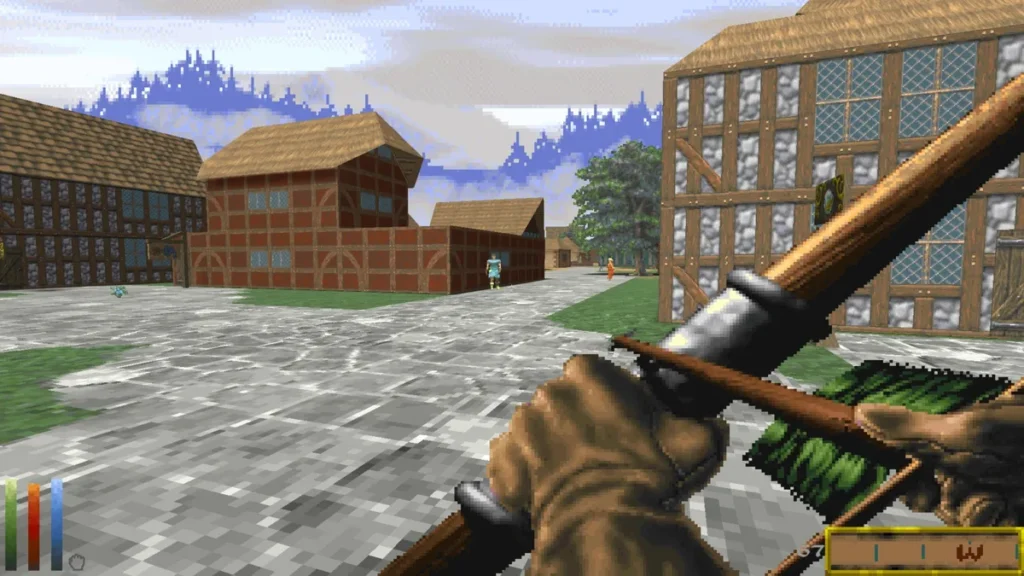
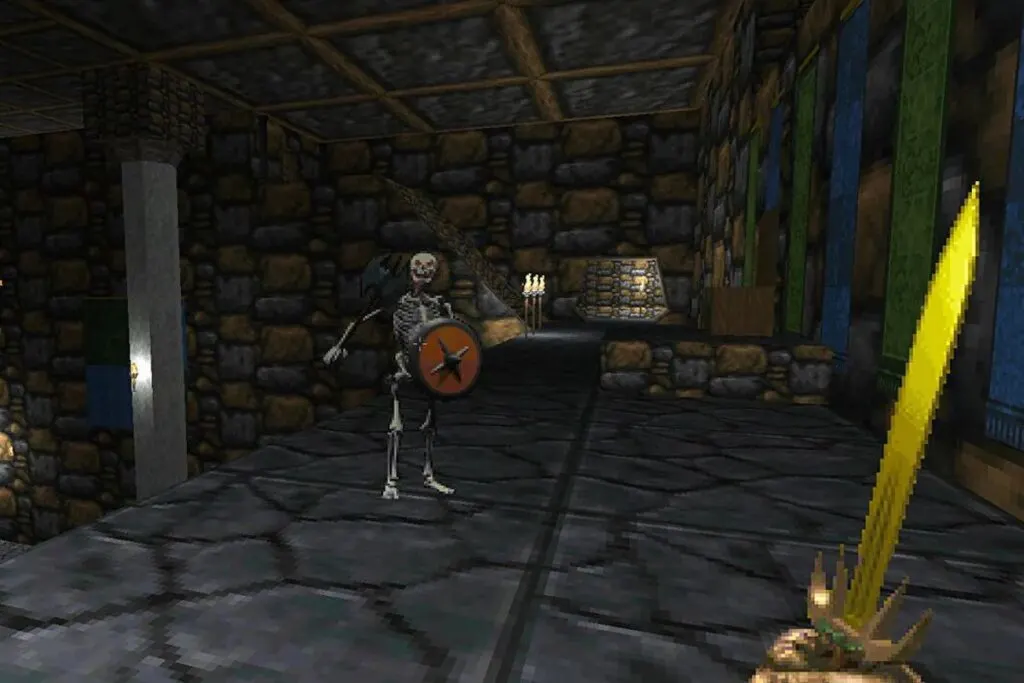
Delving into Daggerfall
The second installment of The Elder Scrolls series, Daggerfall, offers players a grand adventure on the continent of Tamriel. Unlike its predecessor, the game introduces players to new provinces – High Rock and Hammerfell. The sheer scale of the game is awe-inspiring with more than 15,000 distinct cities, towns, and dungeons available for exploration.
Daggerfall revolutionized its series by offering a deeper, more immersive experience. It vastly improved upon the graphical quality and gameplay depth of the original. In addition, Daggerfall introduced concepts like home ownership, marriage, and societal reputation, furthering the role-playing elements of the series.
One of the most intriguing features of Daggerfall was the possibility of transforming your character into supernatural creatures such as a vampire, werewolf, or wereboar. While these transformations offer unique abilities and traits, they also impact NPC interactions and can lead to more challenging circumstances.
Gameplay, Graphics and Story
The protagonist, summoned by the Emperor, embarks on an exciting quest involving the ghost of King Lysandus and a mysterious letter sent to the former queen of Daggerfall. The unfolding narrative reveals imperial secrets and allows players to shape the world around them, leading to one of five possible endings.
Daggerfall’s crafting system empowers players to take full control over their equipment, with the ability to learn and master different crafting professions such as blacksmithing, enchanting, alchemy, and the newly introduced spell-making. The player can acquire and master all these professions, reinforcing the game’s immersive RPG mechanics.
Despite its age, Daggerfall’s graphics were a significant improvement over its predecessor, featuring more detailed environments and character models. This visual upgrade, coupled with a more in-depth and immersive gameplay experience, solidified Daggerfall’s place as a staple in the RPG genre.
The Elder Scrolls II: Daggerfall is a game that pushed the boundaries of what was possible in role-playing games. Its influence is still felt in the genre today.
System Requirements
Minimum Requirements
- Memory: 8MB RAM
- Graphics Card: VLB or PCI VGA graphics card
- CPU: 486DX2/50 MHz IBM PC
- File Size: 30MB
Recommended Requirements
- Memory: 16MB
- Graphics Card: VLB or PCI graphics card (4MB)
- CPU: Pentium IBM PC running DOS 5.0+
- File Size: 500MB
